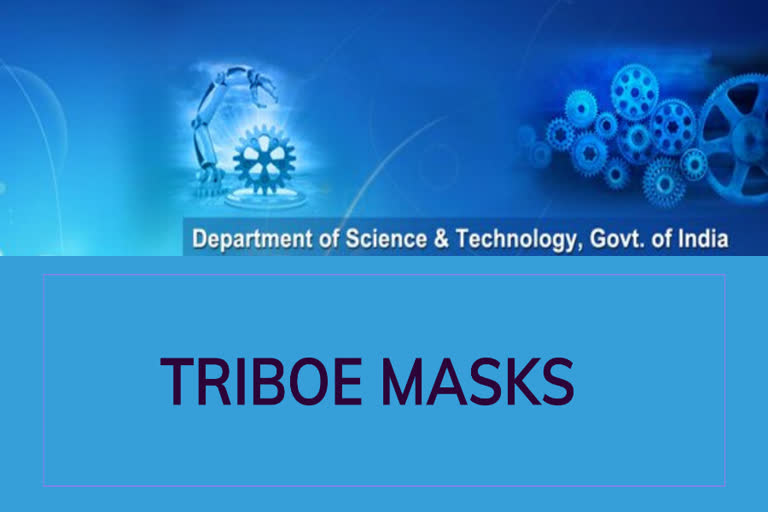As per Ministry pf Science and Technology, TriboE Masks have been developed by a team of researchers at the Centre for Nano and Soft Matter Sciences (CeNS), Bangalore, an autonomous institute of the Department of Science and Technology (DST).
The recipe for making these face masks can be seen in this video. These TriboE Masks can hold electric charges to restrict the entry of infections but interestingly, without any external power.
- These masks have three layers. On top and above there are polypropylene layers and in between a layer of nylon cloth. In place of nylon silk fabric from old saree or shawl can also be used. This will act as double electric wall protection against the infectious entities crossing.
- This mask is easy to wash and can be reused.
- This mask, though rudimentary in its action for containing the viral diffusion across the fabric layer, is expected to reduce the transmission of micro-droplets that linger in the air even during a simple conversation, let alone sneezing.
Simple, often, homemade ones are advised for healthy individuals. . At this stage,the mask is, however, not recommended to healthcare professionals and patients.
The innovation by Dr. PralaySantra, Dr. Ashutosh Singh, and Prof. Giridhar U. Kulkarni relies on electrostatics. When two non-conducting layers are rubbed against each other, the layers develop positive and negative charges instantly and continue to hold the charges for some time. They have used this electric field, quite strong at proximity, to deactivate or possibly even kill the germs.
